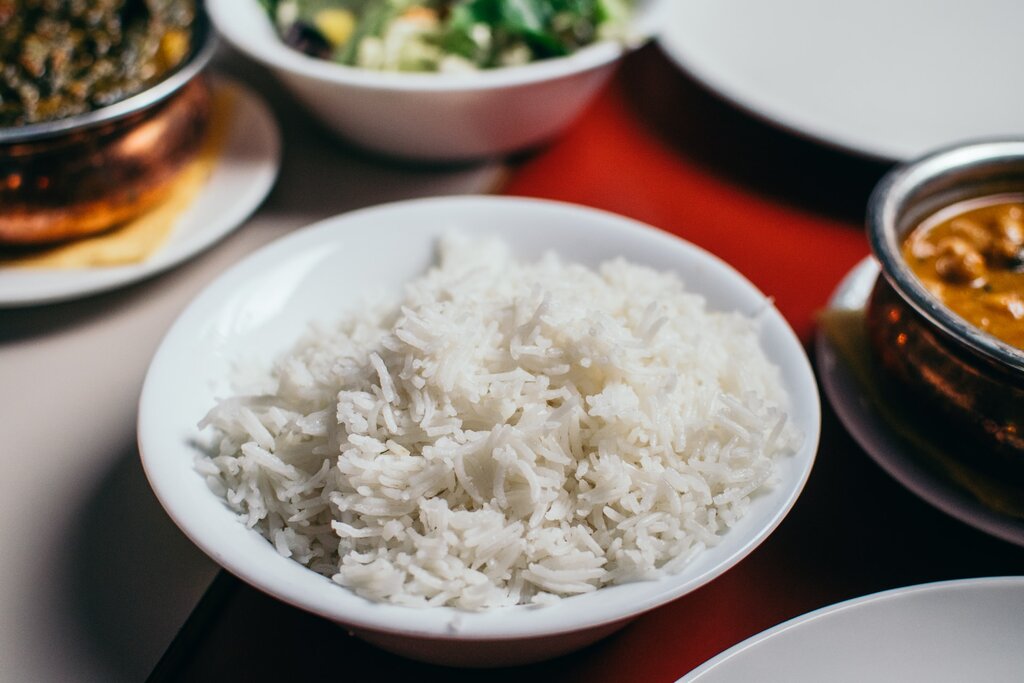Is White Rice Good for You?

Many people avoid white rice as part of their diets to maintain a healthy lifestyle. But is this necessary? Is white rice good for you, or do its health benefits depend on the other ingredients surrounding it?
In this article, we'll examine the truth about white rice and determine whether or not it qualifies as a healthy food choice. We'll look at its nutritional content, how it affects your body, and what alternatives are available if you want to get some of the same nutrients without consuming white rice. Read on to find out more!
The bran and germ are taken out when white rice is milled, leaving only the endosperm. It's often referred to as "refined" or "polished" rice. While white rice is lower in nutrients than brown rice, it's also more versatile and has a longer shelf life.
Around the world, white rice is a typical staple food. It can be consumed on its own or used in other meals as an ingredient. When cooked, white rice is fluffy and light, with a slightly nutty flavor.
There are different types of white rice, including long-grain, medium-grain, and short-grain. Long-grain white rice is the most popular type; it has a lengthwise ratio of about four-to-one (4:1), meaning it's four times as long as it is wide. Medium-grain white rice has a lengthwise ratio of two-to-one (2:1), while short-grain white rice is nearly round with a lengthwise ratio of one-to-one (1:1).
While brown rice is healthier than white rice due to its higher nutrient content, white rice has some health benefits. White rice is a good source of thiamin, niacin, and vitamin B6. It's also low in fat and calories, making it a healthy choice for those watching their weight.
The nutritional value of white rice
White rice is a good source of thiamin, niacin, and vitamin B6. Additionally, it contains a lot of magnesium, phosphorus, and manganese. White rice has a high glycemic index and is a simple carbohydrate.
The benefits of white rice
White rice is a good source of essential nutrients, including thiamin, niacin, and vitamin B6. It is also a good source of fiber and magnesium. White rice does not raise blood sugar levels since it has a lower glycemic index than other rice varieties.
The risks of white rice
While white rice has some nutritional benefits, there are also some risks. White rice is a high-glycemic food, which can cause spikes in blood sugar levels. This can be a problem for people with diabetes or other blood sugar disorders.
White rice is also relatively high in calories and carbohydrates, which can contribute to weight gain. And because it is processed, white rice lacks many vitamins, minerals, and antioxidants in brown and wild rice.
What are some alternative options to white rice?
Many options are available if you're looking for an alternative to white rice. Brown rice is a popular choice, as it is more nutrient-dense than white rice. Other options include quinoa, barley, farro, and couscous. These alternatives provide more fiber and protein than white rice, making them healthier.
Conclusion
In conclusion, white rice can be a nutritious and tasty addition to your meal plan. Despite its lack of fiber, it is still an excellent source of carbohydrates and can provide a variety of essential vitamins and minerals when consumed in moderation.
Furthermore, by preparing it with healthy ingredients like vegetables or beans, you can further increase its nutritional value while enjoying the same great taste. Whether or not white rice suits you depends on your overall dietary goals and needs. Still, if eaten in moderation, it can be a perfectly healthy addition to any diet.
